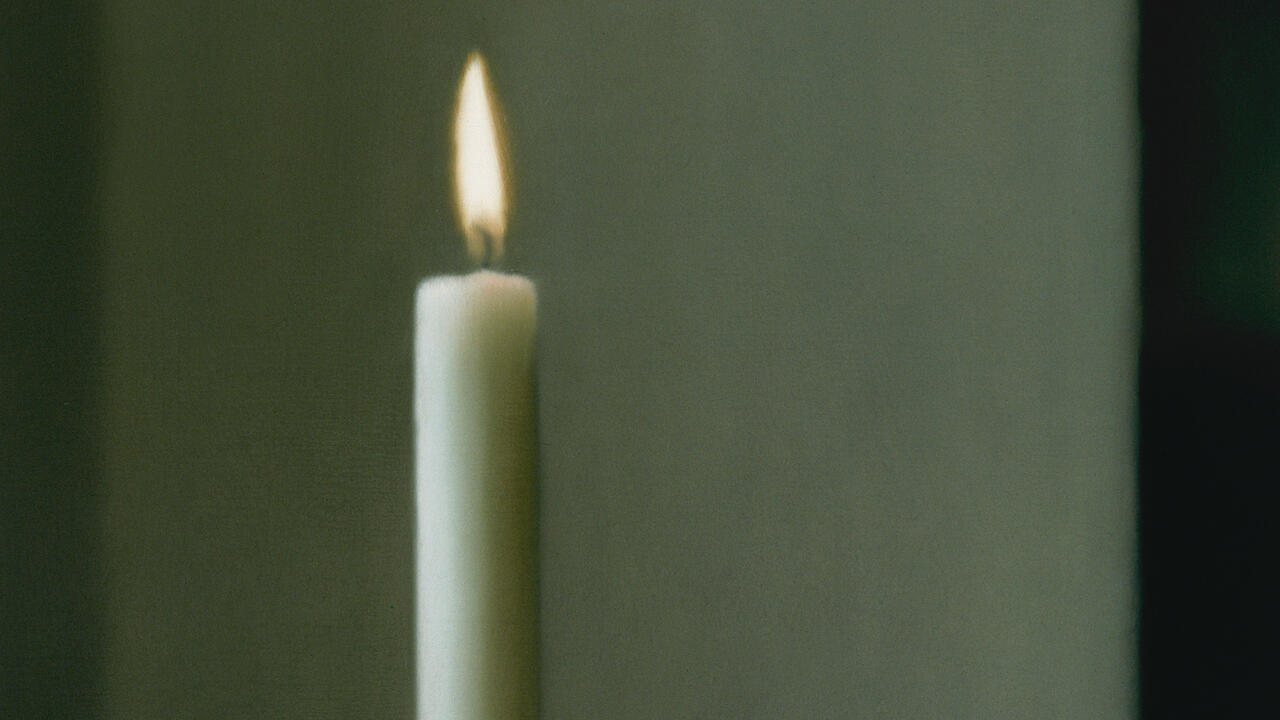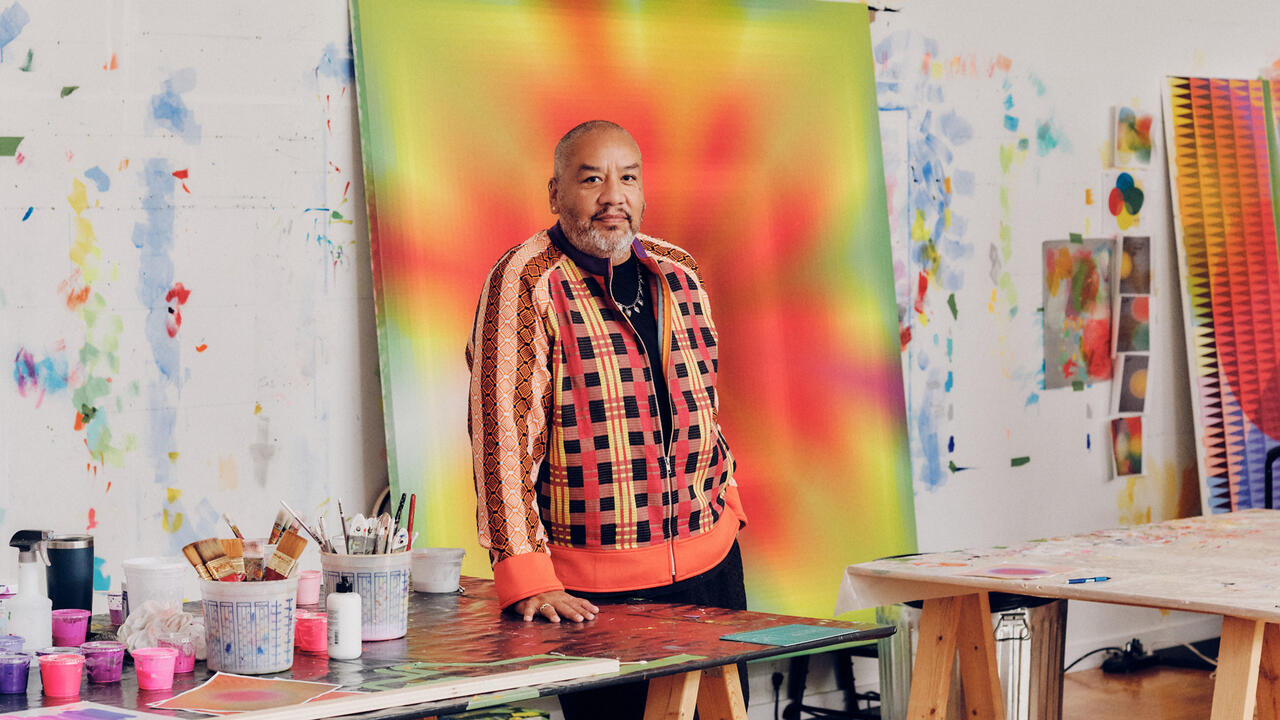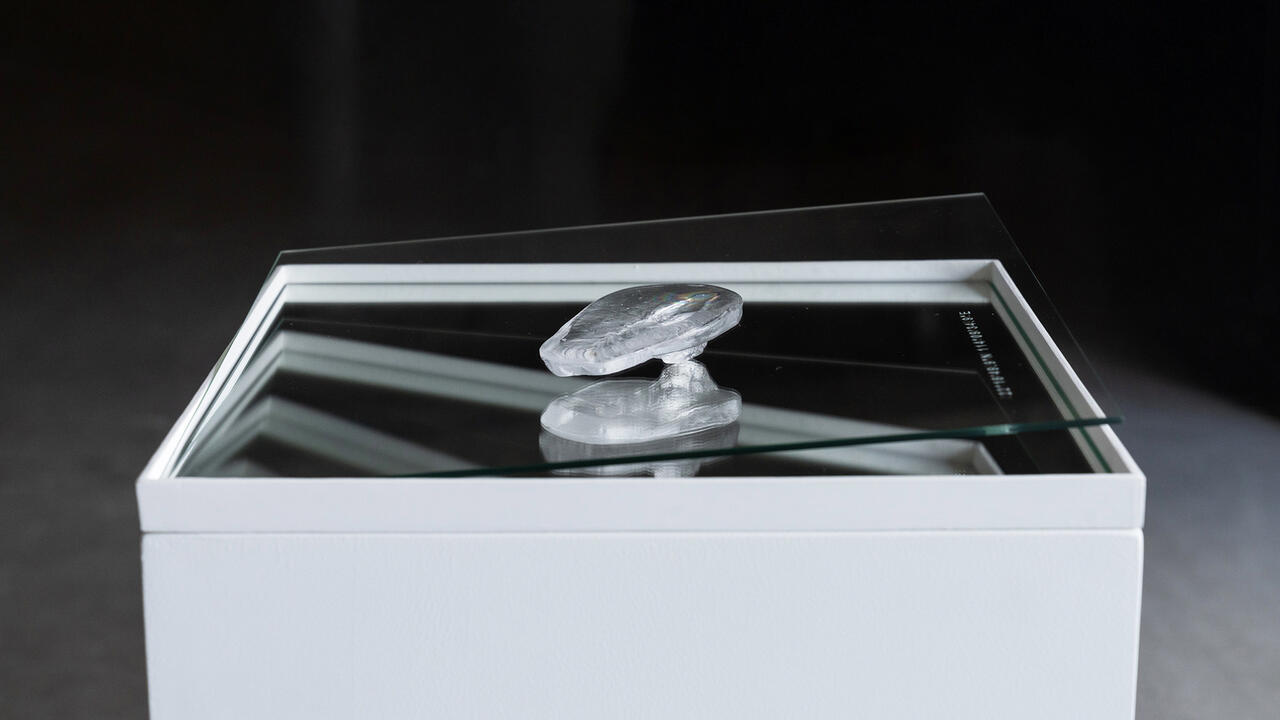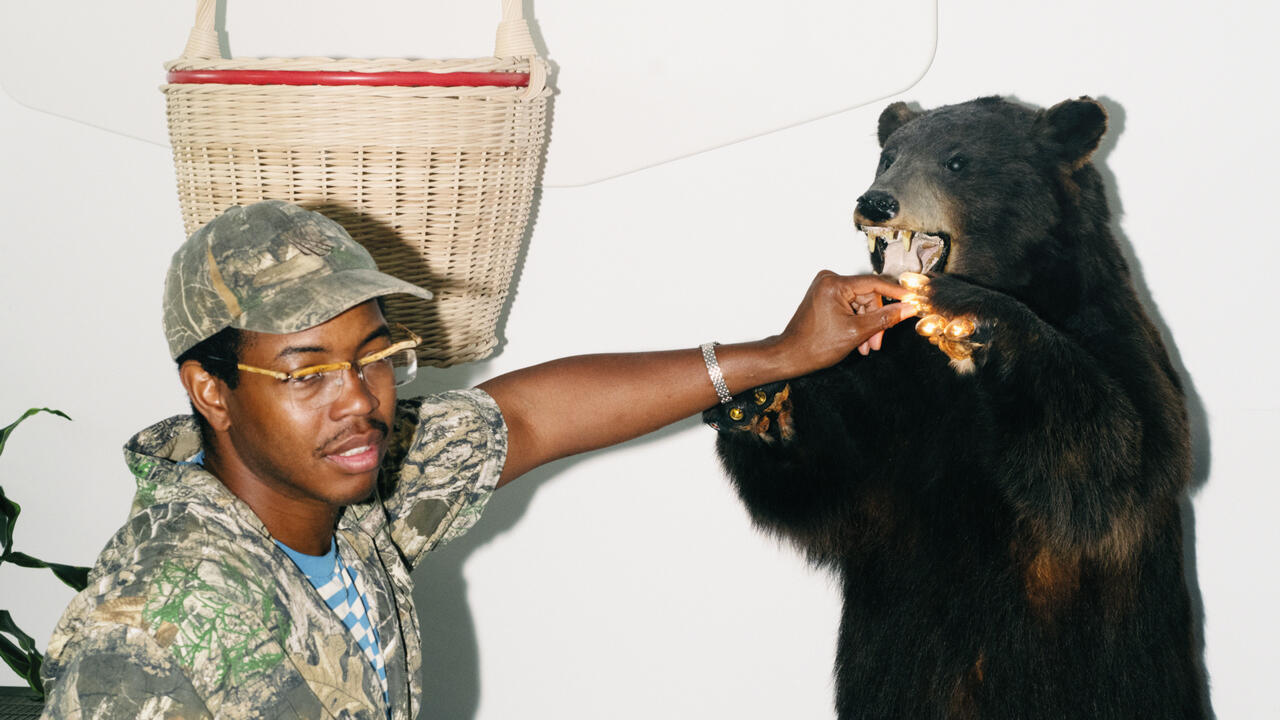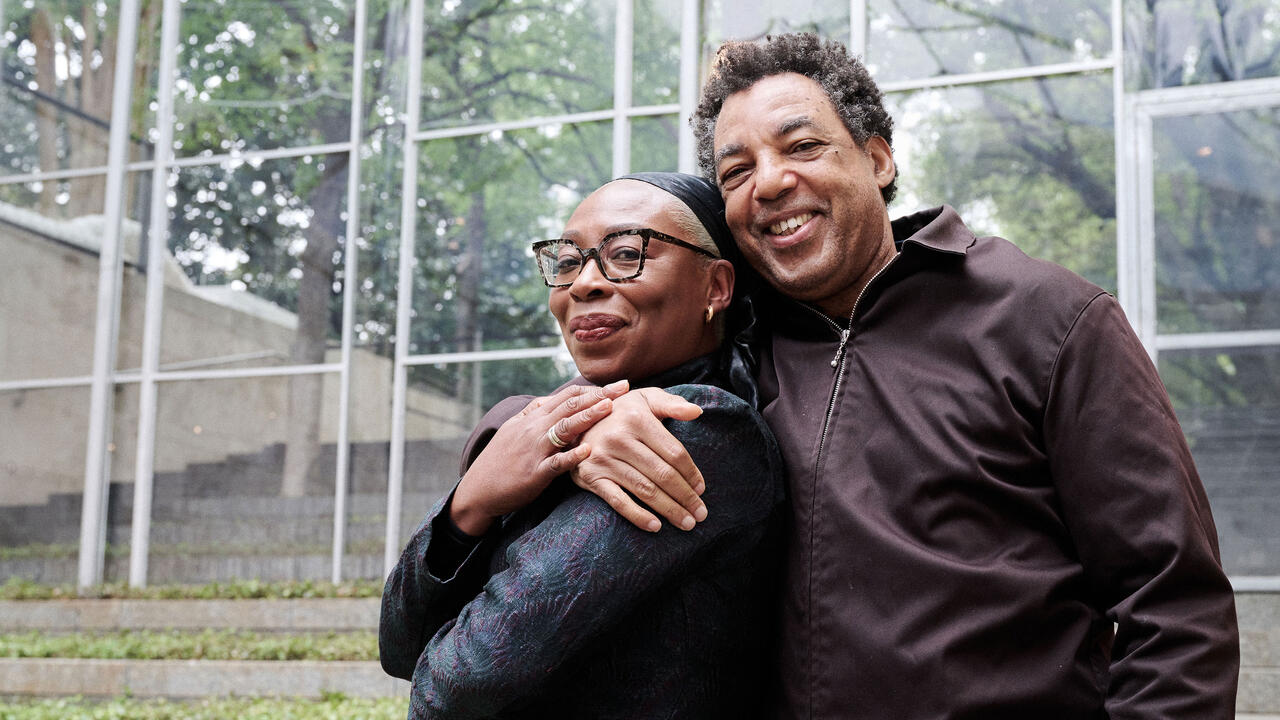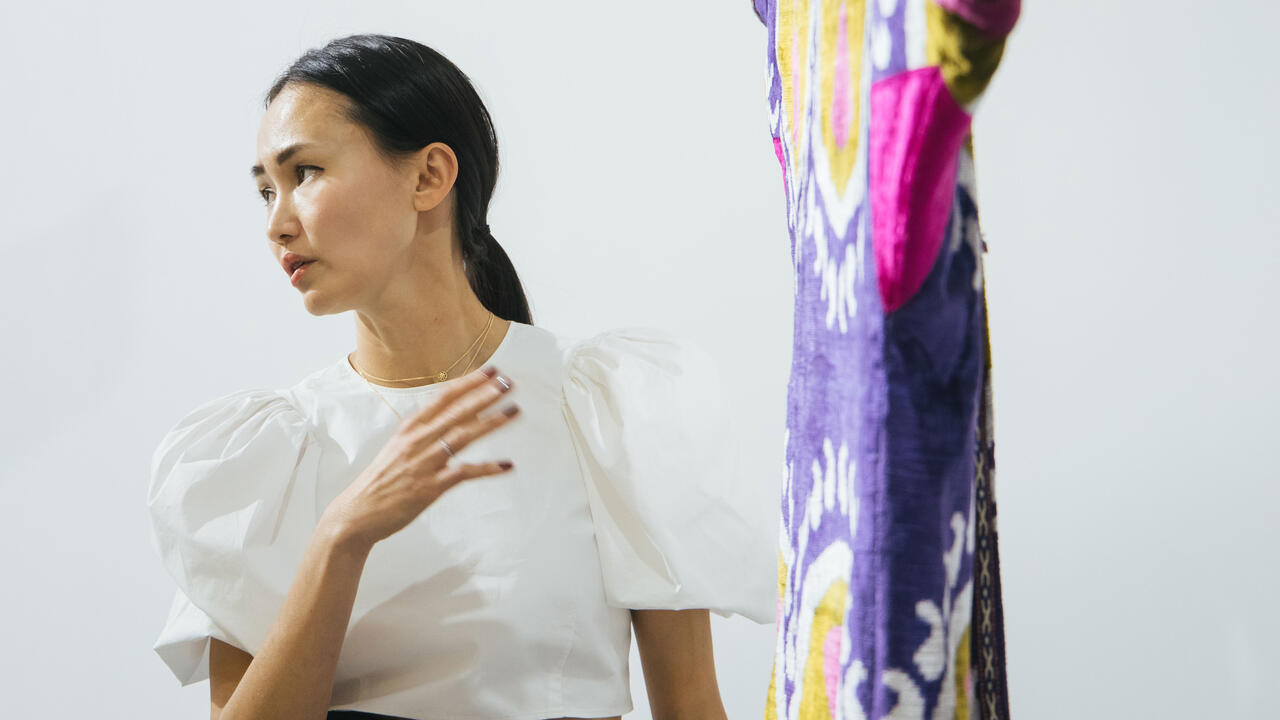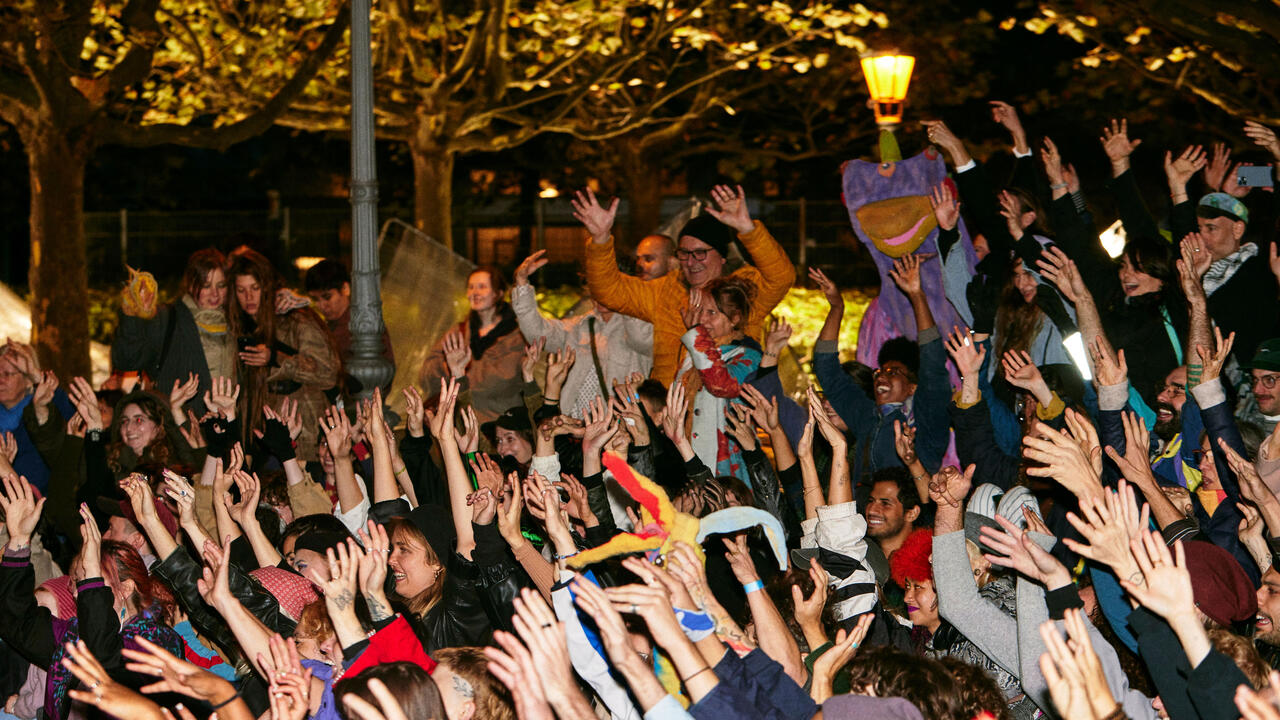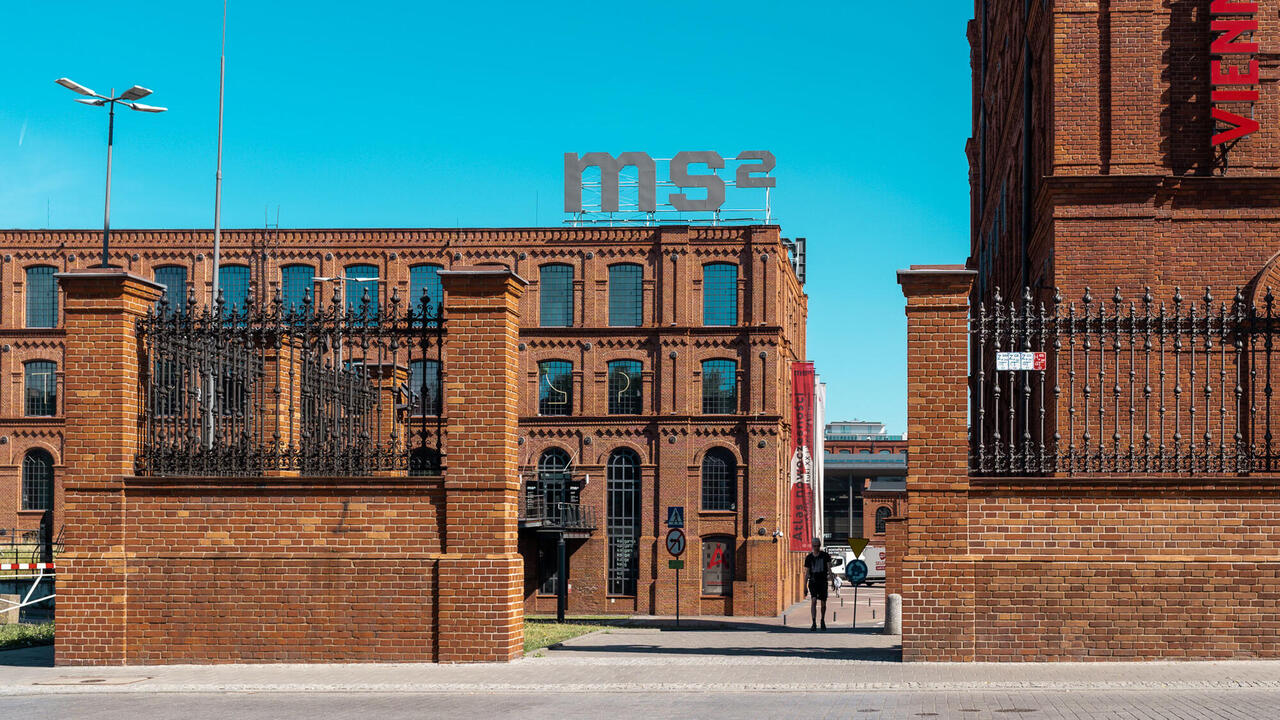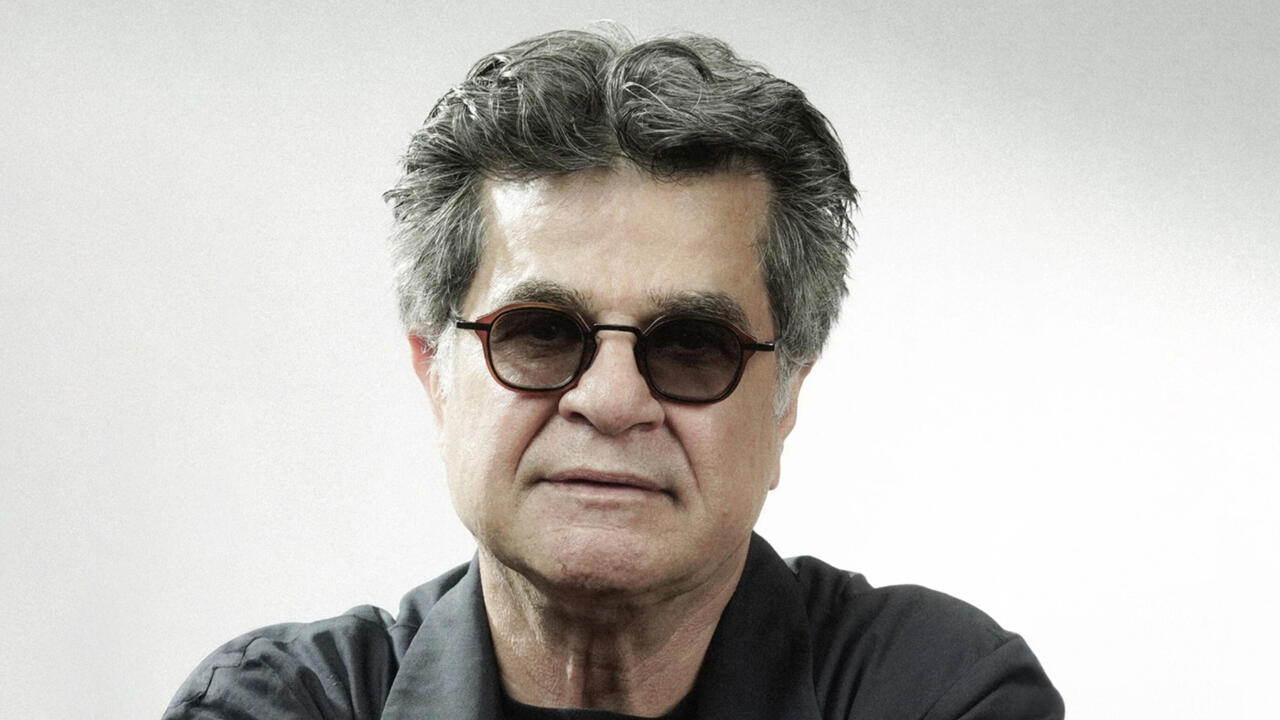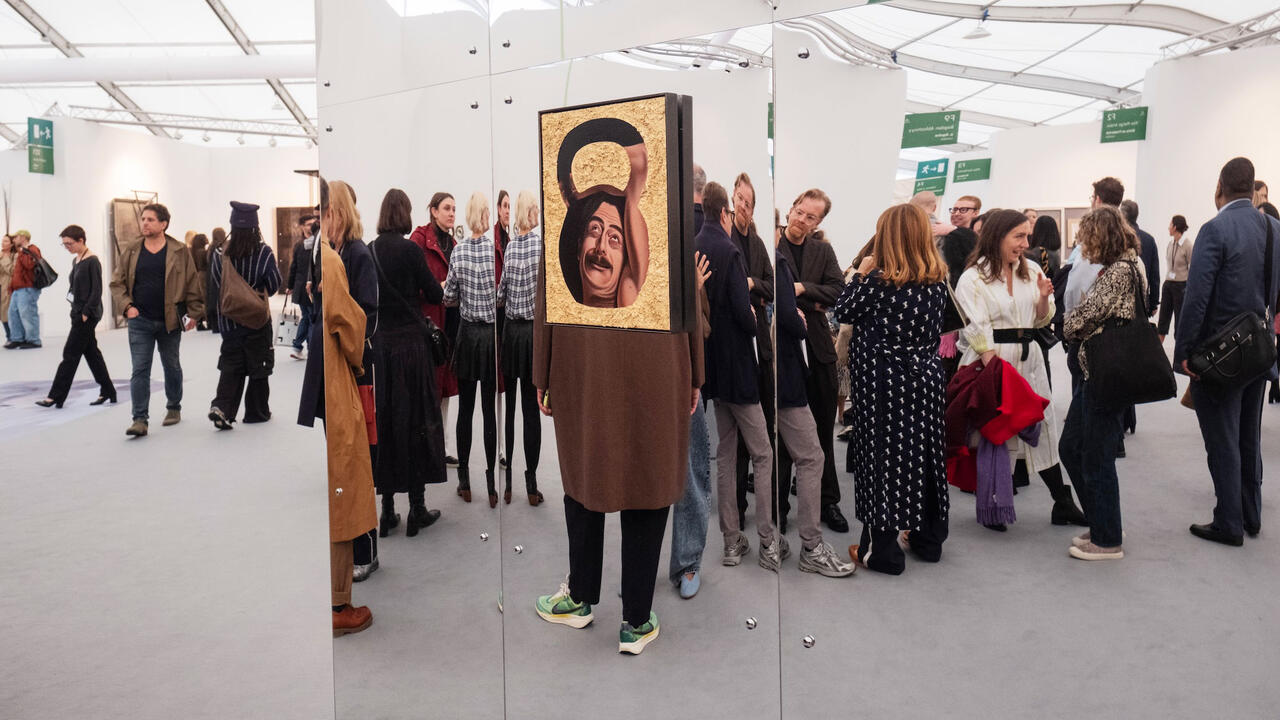Grand Designs
An interview with Aric Chen, M+ curator of architecture and design, about his plans for the collection and revisiting historical global narratives
An interview with Aric Chen, M+ curator of architecture and design, about his plans for the collection and revisiting historical global narratives

Slated for official opening in late 2019, M+ – the museum of visual culture in Hong Kong designed by Swiss firm Herzog&De Meuron in tandem with TFP Farrells and Ove Arup HK – has already accumulated a collection of more than 6000 works. Despite repeated construction delays and administrative tribulations, which have included the departure of its founding director Lars Nittve earlier this year, the museum remains the most awaited part of the West Kowloon Cultural District, a government-funded development bringing together arts, education and new public spaces stretching across 40 hectares of waterfront land.
While awaiting its permanent home, M+ has staged temporary exhibitions presenting works from its art and architecture collections in various venues across Hong Kong. The exhibition ‘Shifting Objectives’, however, which opened on November 29, is the first to showcase a portion of the museum’s design acquisitions. The exhibition takes place in the recently inaugurated M+ Pavilion: a permanent building designed by VPANG architects ltd, JET Architecture Inc and Lisa Cheung as part of the museum facilities.
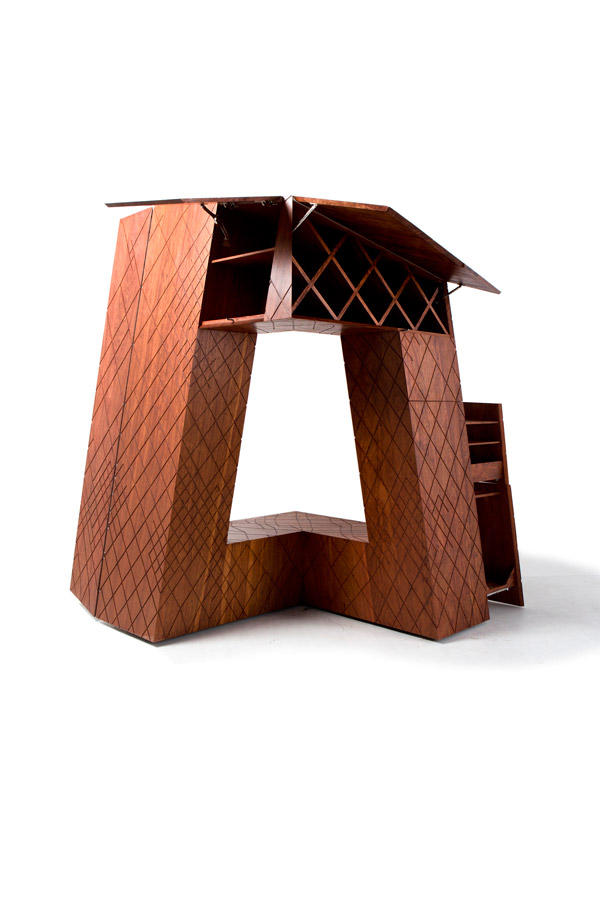
Beatrice Leanza ‘Shifting Objectives’ includes 120 works, roughly five percent of a design and architecture collection that has been built from scratch over the past four years. With such a breadth of items, how did you decide what to focus on?
Aric Chen What draws me to design is its expansiveness: you can see it as totally defining the world we construct and inhabit, both physically and virtually. It’s omnipresent: it’s cultural, political, social, economic and, yes, functional and aesthetic. With our first design exhibition, we’ve tried to communicate this breadth. We wanted to show, from our ‘Asian vantage point’, some of the ways in which the roles and meanings of design, focusing on objects, have shifted over time and place. Hence the title.
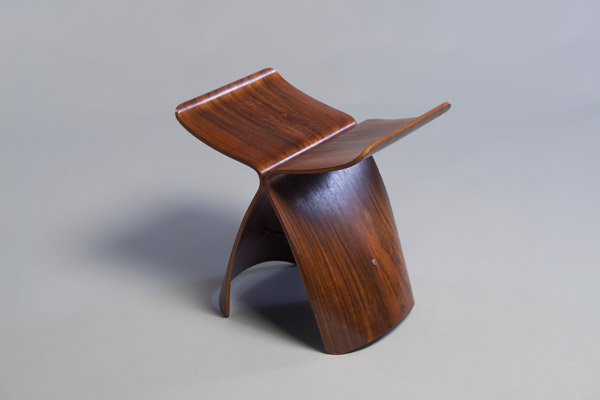
BL The exhibition features two main parts one of which, ‘Histories’, looks at ‘design in Asia within a global, transnational context’. What are these key historical narratives you are drawing upon, and how are they related?
AC Starting with the mid 20th century, a point at which much of the world was turning a new page, we look at design as part of Japan’s post-World War II rebuilding effort. The economy was being re-oriented from military to consumer production, and we find everything from Sori Yanagi’s Butterfly stool to the Toshiba electric rice cooker to Yusaku Kamekura’s iconic posters for the 1964 Tokyo Olympics. We look at nation-building in post-independence India and Jawaharlal Nehru’s use of modernism – starting from Le Corbusier and Pierre Jeanneret’s work in Chandigarh – to project a new image, and future, for the country.
We’ve also included a number of ‘unsung heroes’: for example, many of the plastic products showcase the remarkable innovations arising from Hong Kong’s manufacturing boom between the 1950s and ’80s, as its export economy grew. To ‘shift objectives’ further, we look at design under Mao Zedong: the acute politicization of the object and the design vocabularies that arose under a Communist system of production.
We have also tried to re-evaluate international phenomena, for example, by charting a different trajectory for postmodernism via its Japanese practitioners and the influence of India on Ettore Sottsass. Throughout, we’ve tried to emphasize that none of these places were hermetically sealed. With Japan, India, and Hong Kong, this is probably more obvious. But even for Mao’s China, we have a Panda radio, designed in 1956, which stylistically hints at China’s interactions with the Soviet Union and Eastern Bloc at the time – and which was, in turn, exported to Hong Kong, Macau and even Latin America.

BL M+ describes its collection as ‘the first of its kind in Asia’. What does that mean for your approach?
I don’t feel that constructing or reinforcing some notion of Asian identity is our main objective.
AC Current political tides notwithstanding, the transnational, global context is key for us. For me, what makes our design and architecture collection ‘the first of its kind in Asia’ – besides the fact that very few museums in Asia collect architecture and design – is how relatively unselfconscious we are about our ‘Asianness’. I don’t feel that constructing or reinforcing some notion of Asian identity is our main objective.
We are trying to tell or to revisit narratives that inevitably include non-Asian voices who have engaged, inspired or been inspired by practices in our region. Additionally, there are some things that are just significant or fantastic enough that it really doesn’t – and shouldn’t – matter who or where they come from. For example, we have the ‘Materialised Sketch’ series of furniture by the Swedish group Front, which they made in 2005 by literally sketching the pieces in the air, in a 3D motion capture studio and then rapid prototyping them from a bath of liquid plastic. This has nothing to do with Asia per se, but they’re brilliant pieces that push digitally enabled design and fabrication, and we want our audiences to see them.

BL The second section of the exhibition, titled ‘Constellations’, presents a looser array of works by a variety of contemporary designers. How do these enter dialogue with works in ‘Histories’?
AC I hope the historical sections give a sense of multiple narratives, and it’s that multiplicity that has opened things up for contemporary designers. We don’t define design in terms of ‘isms’ anymore; perhaps we’ve lost some clarity in that respect, but we’ve also gained flexibility and diversity.
There are certainly a number of Asian designers who mine history in their work. Stanley Wong, for example, draws on Hong Kong’s urban landscape to re-appropriate found objects, as when he transforms the city’s iconic red-white-blue nylon bags into traditional Chinese-style vases. Or Boyoung Jung, a Korean designer who translates Korean quilting techniques and symbolism-laden colour schemes into highrise apartment layouts, thus questioning the distinction between ‘modern’ and ‘Korean’ domestic space. However, to the extent that Asian designers draw from history, this is mostly on classical or vernacular arts and crafts. You don’t see them building on or reacting against a ‘modern’ design tradition as much as designers in the West tend to, whether consciously or not. Perhaps this is because we haven’t fully constructed that history in our part of the world. We’re hoping M+ can help fill this gap.

BL As part of M+ Matters [an ongoing series of public programmes taking place in the lead-up to the museum’s opening], you organized a talk during Milan design week 2016 on the subject of ‘Imitation as Innovation’. How is this reflected in the collection?
AC We have a number of examples of products made in Shenzhen and the surrounding manufacturing hubs of China, which are, of course, known for producing ‘fake’ goods. However, through the works we’ve included, we’ve tried to show that this system of copying – which is really quite a normal phase for any manufacturing economy to go through in its early days – in fact generates innovation. We also have works such as a vase by the young Chinese designer Hao Zhenhan, who collaborates with craftsmen in the antique vase reproduction industry in Jingdezhen and an open-source design by the Singaporean designer Hans Tan that’s a copy of a copy.
I think there’s an overly blunt, black and white view of ‘copying’ out there that, in fact, stifles creativity.
We’re of course not condoning outright piracy, counterfeiting or intellectual property theft. But I do think there’s an overly blunt, black and white view of ‘copying’ out there that, in fact, stifles creativity and, frankly, goes against many of the processes that human civilization has been built on since the beginning of time. Copying, in both productive and detrimental forms, happens everywhere: it always has and always will. But I think, in our part of the world, it has less rigid and judgmental associations and so perhaps we’re able to look at it in more nuanced ways.

BL Many international institutions are rethinking what ‘design’ means in the context of today’s global culture. I am thinking, for example, of MoMA collecting emojis (which I know M+ is doing, too) as well as its online exhibitions. There is also the V&A’s ‘Rapid Response Collecting’ activity and its Unidentified Acts of Design project, which is part of its involvement with Design Society – a brand new institution that will launch in Shenzhen in the autumn of 2017. How is M+ positioning itself in relation to these global and regional developments?
AC We’re living in an exciting moment in which the categories and definitions of design have been totally shattered and our colleagues at institutions such as the ones you’ve mentioned have done a tremendous job in both reflecting and driving that change. We’re looking forward to joining the conversation and hopefully adding another perspective. I’m really excited about Design Society and its collaboration with the V&A. I think what it’s doing is great and, as the saying goes, there’s strength in numbers.

BL Are you already collaborating with international institutions?
We already loan works from our collection to other museums. For design and architecture, we have lots of informal collaborations and are constantly in dialogue with colleagues elsewhere. But the main focus currently is getting our own ducks in a row. Nevertheless, we do have a collaboration with Design Trust, a Hong Kong grant-making non-profit, which funds our annual M+/Design Trust Research Fellowship. We’re also planning a major symposium next year in collaboration with universities in Hong Kong and the US.
BL What is your goal for the collection by the time the museum opens its doors in 2019?
AC That we’ll have enough to show so that everything I’ve just said will make sense!
Main image: Star Industrial Co., Ltd., Red A Plastic Crystal lamp fixture, no. 1616, designed c.1970. Courtesy: M+, Hong Kong





